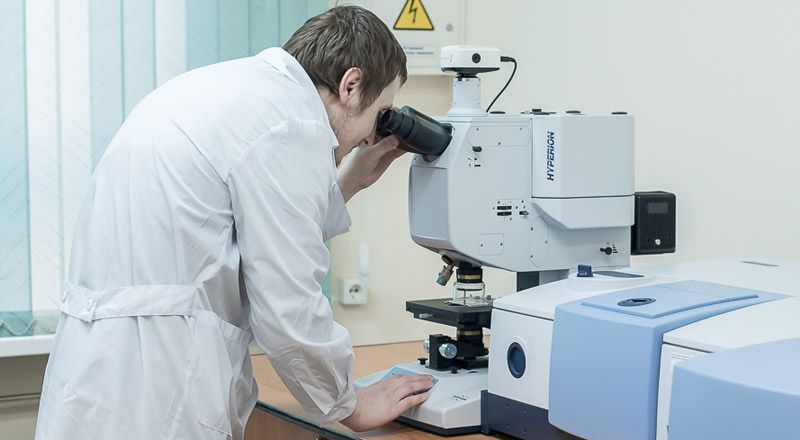Russian Scientists Create Tool to Spot Tiniest Concentration of Toxins in Water
Published on by Water Network Research, Official research team of The Water Network in Academic
Scientists from the Far Eastern Federal University and the Far East Branch of the Russian Academy of Sciences have created a prototype sensor system which can record even the tiniest concentration of toxic hydrogen sulfide in water.
According to the university, the system may prove highly useful for environmental monitoring and medical research.

Image source: DVFU
The new device, which makes use of biosensors, picks up on concentrations of hydrogen sulfide as small as 100 microliters (1,000,000 microliters is the equivalent of 1 liter). This is several orders of magnitude below a concentration of hydrogen sulfide that would prove dangerous for a healthy adult.
The prototype tool uses biopolymer film equipped with ultrasensitive receptors. If it begins to glow, this signals the presence of hydrogen sulfide, a university press release explained.
"In the course of experiments, we created a luminescent sensor system based on protein complexes formed by the introduction of chemically bound CY3 fluorescent dye and myoglobin protein into a biopolymer matrix," Alexander Sergeev, a researcher at the university's School of Natural Sciences, explained.
"The ability to find small concentrations of hydrogen sulfide in water has immense practical importance, since this gas is of a byproduct of the metabolisms of living organisms and the decomposition of organic matter," the scientist added.
Read full article: Sputnik News
Read original press release (in Russian): DVFU
Media
Taxonomy
- Treatment
- Treatment Methods
- Filtration
- Technology
- Filtration Solutions
- Filtration
- Groundwater
- Drinking Water
- Groundwater Recharge
- water treatment